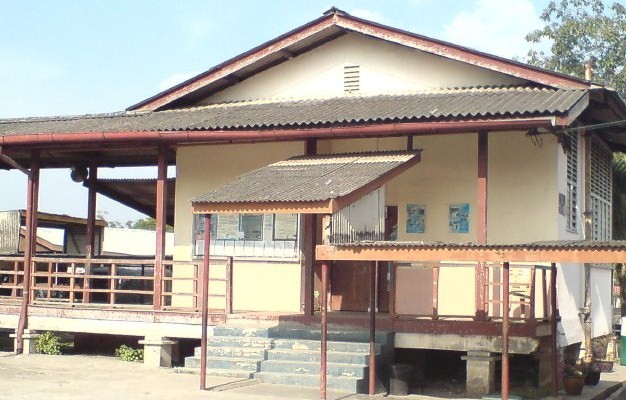VOLVO 164 – 1960’s PRESTIGE CELEBRATES ITS 50TH ANNIVERSARY
VOLVO 164 – 1960’s PRESTIGE CELEBRATES ITS 50TH ANNIVERSARY
By Rizalman
While other parts of the world were in a state of upheaval in 1968, revolution was far from people ́s minds at Volvo in Gothenburg, Sweden. Instead, they were focusing on the launch of the new prestige model, the 164.
The notion of designing a slightly larger, more exclusive model had existed for a long time. In the late 1950s, a big luxurious Volvo with a V8 engine and a powerful, vertical grille was planned. However, this project died a death in 1960 when a survey indicated that compact cars were the future, especially in the US.
But the launch of the 140 series in 1966 gave rise to the idea of placing a straightsix engine in the 140 body. That would allow Volvo to create the combination of prestige and compact size they were absolutely certain people needed.
Chief Designer Jan Wilsgaard kept the chassis of the 140 series and used the front from the 1950s 358 project. Here, the iron mark logo once again took on a prominent position, placed on the diagonal in the same way as on the first Volvo back in 1927 – and as we see on today's models.
 |
| VOLVO 164 |
The 140 chassis was also extended by 10 cm from the windscreen forward. This latter measure was needed in order to make space for the newly developed straightsix. This was designated B30, had a 3litre capacity and developed 145 hp thanks to twin ZenithStromberg carburettors.
The August 1968 press release proudly declared that the German ZF gearbox was of "remote control" type, which meant that the relatively short gear lever was positioned on the transmission tunnel adjacent to the front seats.
The fittings were considerably more lavish than in the 140 series, with a thick woollen fabric on the seats, textile floor mats and the rear seat designed for two people, with a dropdown armrest in the centre.
After the first year of production, the 164 was given leather upholstery as standard, integrated halogentype auxiliary lamps and headrests. In the US, it was of course offered with electric windows, an electric sunroof, air conditioning and tinted windows.
Volvo's new customers are professional types – doctors, lawyers, dentists... people who can afford something different."
The Volvo 164 underwent continuous development throughout its life, with the addition of features such as electronic fuel injection (as of model year 1972). The last model year was in 1975, and all the cars built in that year were exported to the US. By then, the car's successor, the 264, had already gone into production.








Comments
Post a Comment